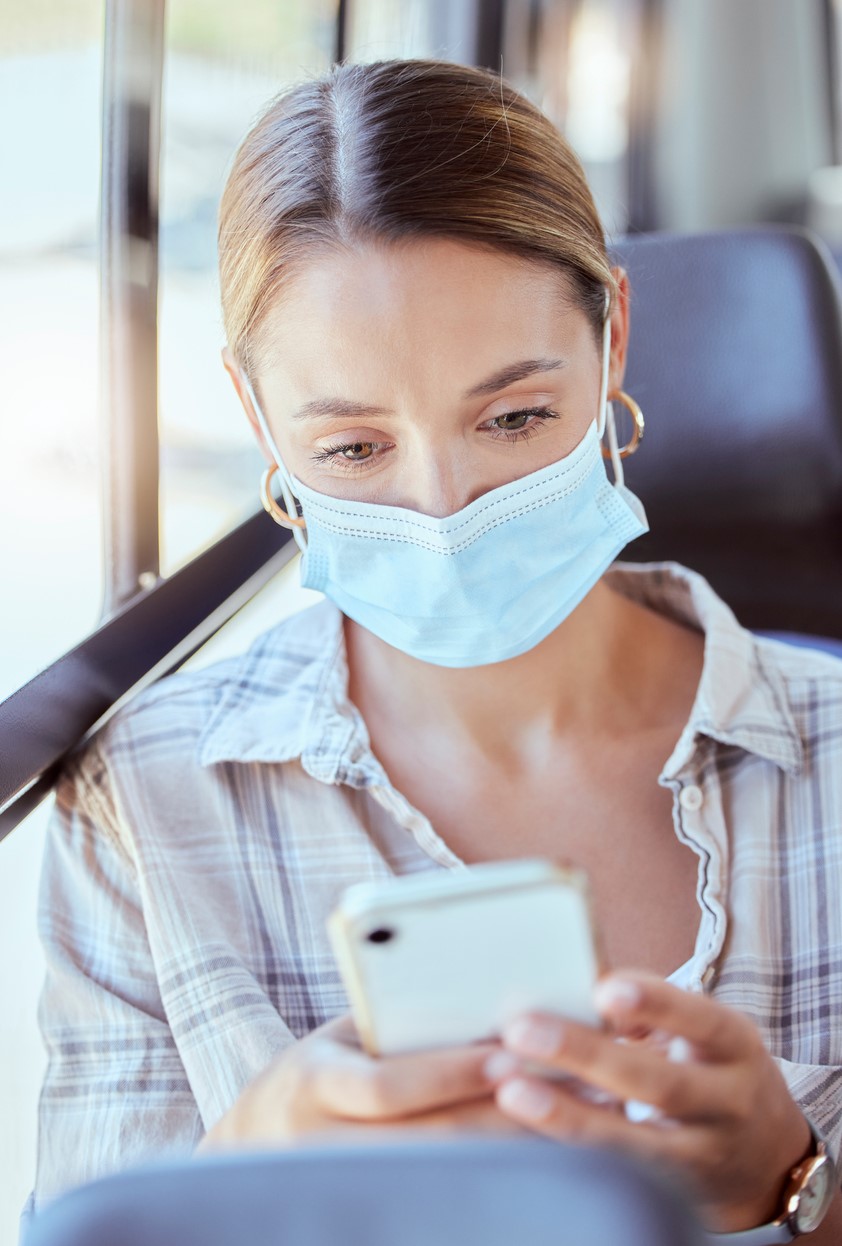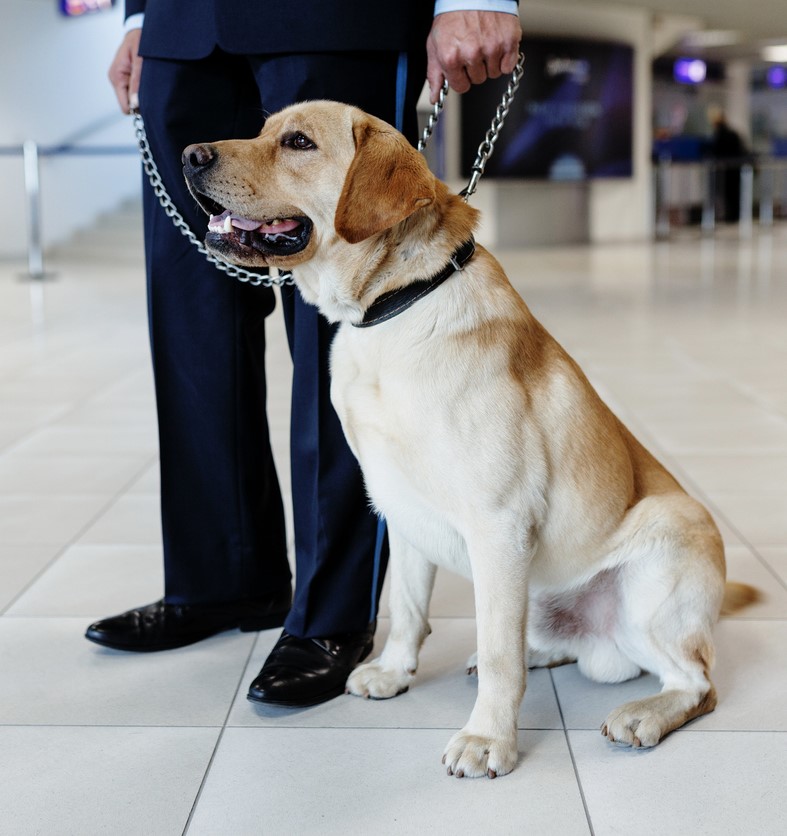Afghanistan has reported more wild poliovirus type 1 (WPV1) cases, and three African nations have reported more vaccine-derived polio cases, the Global Polio Eradication Initiative (GPEI) said in its latest weekly update.
In Afghanistan, two WPV1 cases were reported in Nangarhar province, the country's first of 2023. The cases are from two different districts in the country's Eastern Region, which is the only part of Afghanistan where polio is still endemic. An investigation is under way to better identify populations where virus circulation persists.
Elsewhere, the Central African Republic reported 2 circulating vaccine-derived poliovirus type 2 (cVDPV2) cases from different provinces, bringing its total for the year to 7. The Democratic Republic of the Congo (DRC) reported 1 more circulating vaccine-derived poliovirus type 1 (cVDPV1) case, in Haut Lomami province, which was added to its 2022 total, which is now at 145.
Finally, Nigeria reported 2 more cVDPV2 cases, 1 in Sokoto and the other in Kebbi. The country now has 6 cases for 2023.
WHO extends emergency; attack on Pakistan vaccinators
In another global polio development, the World Health Organization (WHO) announced last week that its polio emergency committee met on May 3 and recommended that the risk of global spread still warrants a public health emergency of international concern.
The agency said though progress was made, several concerns remain, such as questions about how WPV1 spread from Pakistan to Malawi and Mozambique, ongoing vaccine-derived polio outbreaks in the DRC, and immunization gaps that occurred during the COVID-19 pandemic.
Also, in Pakistan, attackers who opened fire today on a polio vaccination team in a rural part of Balochistan region killed a policeman who was assigned to protect the group, Samaa, a news organization based in Pakistan, reported. No polio vaccinators were hurt.
 Among 136 US survey respondents who reported receiving an incentive to get vaccinated against COVID-19, 64% said they would have done so anyway, according to a
Among 136 US survey respondents who reported receiving an incentive to get vaccinated against COVID-19, 64% said they would have done so anyway, according to a 












